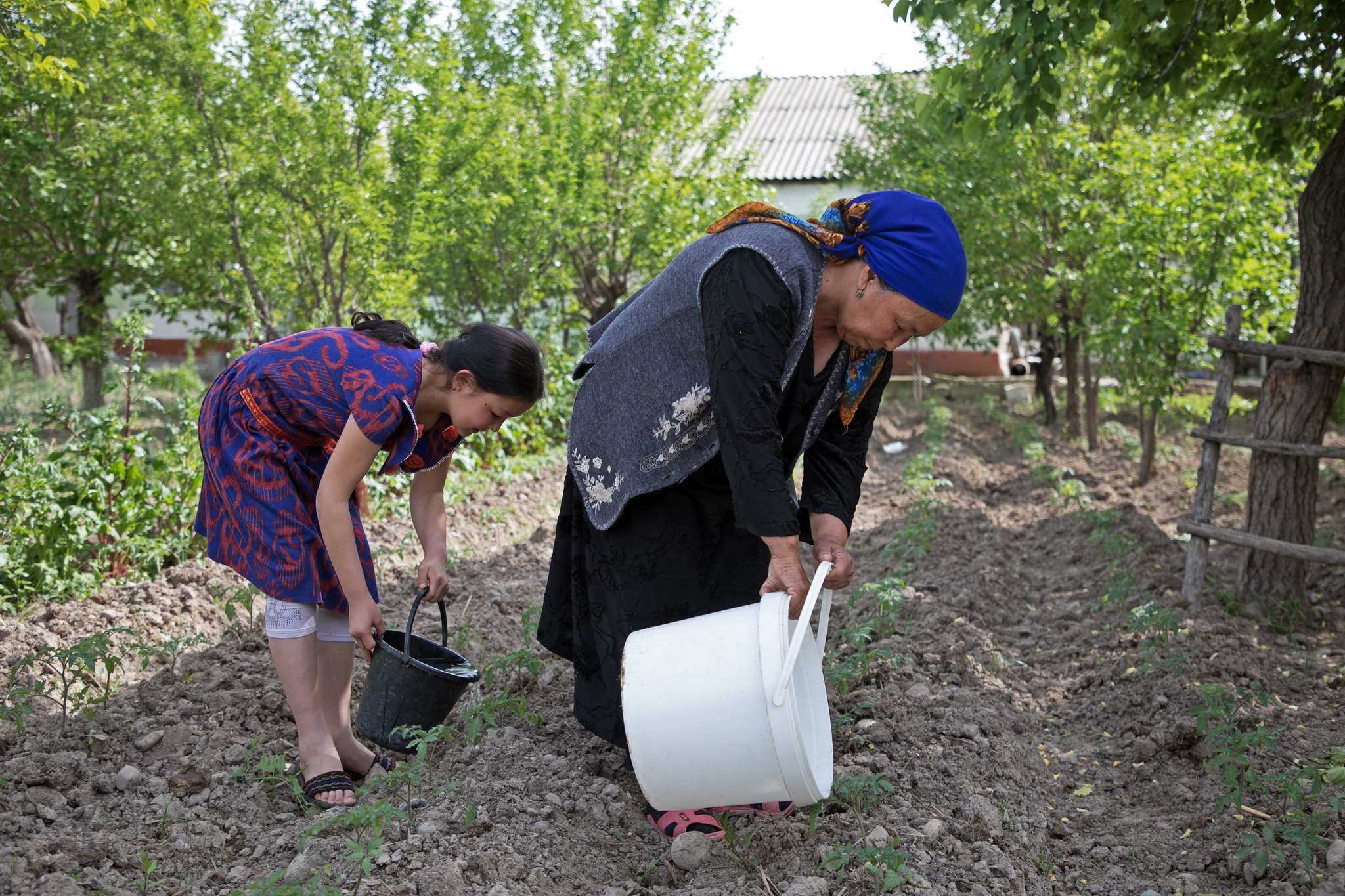Photo: UNDP Uzbekistan
Imagine being the khokim (mayor) of a village in Uzbekistan’s Ferghana region, one of Central Asia's most densely populated areas. Many villages don’t have access to safe drinking water and around two third of the households receive water for less than 6 hours a day. As a result, children and adults in these communities also face higher mortality rates from water-borne diseases.
As khokim, you want to improve the infrastructure so that residents aren’t drinking contaminated water out of gullies leftover from the old system. But how do you pay for it?
After all, access to safe and affordable drinking water is a basic human right and one of the main targets of Sustainable Development Goal (SDG) 6. However, Uzbekistan’s progress towards achieving this and other SDGs by 2030 is highly likely to be hampered by insufficient financing for development projects (combined with the socio-economic impact of the COVID-19 crisis and environmental threats).
The Government of Uzbekistan, though strongly committed to the Sustainable Development Agenda, has been facing an increasing financing gap to meet the country’s needs. Estimates from 2019 revealed that an additional annual investment of at least US$6 billion would be needed to meet the national SDGs. Revised figures after the pandemic’s slowdown showed that addressing the external shock and domestic impact of COVID-19 would require additional external financing of about USD$ 4 billion, or 7 percent of the country’s GDP.
Leveraging private finance for development projects
Closing this funding gap will require significant additional and sustained resource mobilization efforts from both public and private resources. As one of the measures to attract public and private capital, the Government of Uzbekistan issued a Sovereign SDG Bond for impact investors and institutional buyers, to ensure the Bond’s alignment with national SDGs targets and indicators. The SDG Bond Framework was developed to outline what projects are eligible and how the proceeds will be tracked and monitored with annual impact reporting throughout the issuance.
The new bond helps finance public SDG-oriented projects in seven areas: education (SDG 4); water management (SDG 6); health (SDG 3); green transportation (SDG 9 and SDG 11); pollution control (SDG 11); management of natural Resources (SDG 13 and 15); and green energy (SDG 7).
For example, a water infrastructure project that provides equitable access to safe and affordable drinking water for all residents in the Ferghana region is aligned with several SDGs and thus eligible for financing by the proceeds of the Bond.
This is an important step forward in the country’s commitment to realizing the SDG. Not only does it cement the priorities of the Uzbekistan’s national strategy, but it also dedicates a funding source and makes the prospects of achieving the goals realistic.
Are SDG Bonds in Uzbekistan attractive to foreign investors?
To encourage broader private participation in sustainable development, the Government of Uzbekistan started transitioning towards a more open and market-based economy in 2017.
Key economic policy measures included liberalizing prices, trade tariffs, and the exchange rate, opening the economy to private initiatives, international trade and reducing direct taxes on businesses and households. These liberalized economic policies helped Uzbekistan become an attractive place for new businesses around the world.
The ambitious reform agenda paved the way for Uzbekistan being one of the first countries in the world that placed the SDG Bonds at the London Stock Exchange in July 2021. The Bond was oversubscribed in a short time with a good coupon rate. This strong interest of global investors shows the growing financial credibility of Uzbekistan and trust of the investors in Government’s reform agenda.
Globally, SDG Bonds have attracted significant interest from international institutional investors resulting in oversubscription in many cases. At the same time, the issuing countries are expected to ensure robust and accurate measurement and reporting of funds and to demonstrate how the selected projects make a tangible impact on achieving the SDGs.
In fact, according to the World Bank, “investors want data that shows not only how they can reduce environmental, social and governance risks in their portfolios, but also how their investments are helping to contribute to society.”
UNDP and the Government are working on ensuring that a comprehensive and transparent monitoring of the impact is in place and that the investors and a wider public can have all needed information about the impact of the investments on the country’s development agenda.

 Locations
Locations
